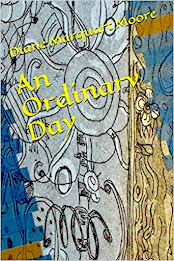I never argue the fact that one picture or photograph is worth more than a thousand words. Yesterday’s walk through the Huntsville, Alabama Botanical Garden inspired me to prove that adage through the following photographs, snapped by botanist Victoria Sullivan. This fantastic presentation of “The Wild,” is a lantern festival produced by Hanart Culture, a company whose purpose is to present Chinese art and culture to the world. The visual production shown here focuses on the imaginative art of a traditional Chinese Festival, which falls on the first lunar month of the year, and at which time many types of lanterns decorate the streets in China.
Lantern making originated with the Han Dynasty (206 B.C. to 220 A.D.). In the initial phases of this art, lanterns were only used for lighting, but they evolved into colorful art forms as seen in the Garden display. Artists utilized bottles, rags, paper, and rayon to create the art, lighting their creations with colored bulbs and moving parts.
The artist of the peacock shone here created this form from colored medicine bottles. Pieces of china plates, as well as paper and silk were used to make myriad shapes and sizes of wildlife displayed throughout the park. Seventeen vignettes fascinated onlookers, “enchanting in the sunlight” and “magical in the moonlight” as the show was billed. We watched children exclaim and name the wildlife forms, and if they stayed for the nighttime show with music and sound effects (which we didn’t), they must have been further enchanted. My favorite vignette featured the peacock, but I’d have been challenged to award a prize to the most fantastic display.
White birds over the grey river.
Scarlet flowers on the green hills.
I watch the spring go by and wonder
If I shall ever return home.
Photographs by Victoria Sullivan

















1 comment:
I absolutely loved reading about the Lantern Festival in this post! The way the lanterns light up the night sky is so magical. I’ve always wanted to experience it in person. For anyone curious about more details, you can check out Lantern Festival.
Post a Comment